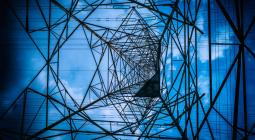These Three European Countries Broke Major Renewables Records In 2019.
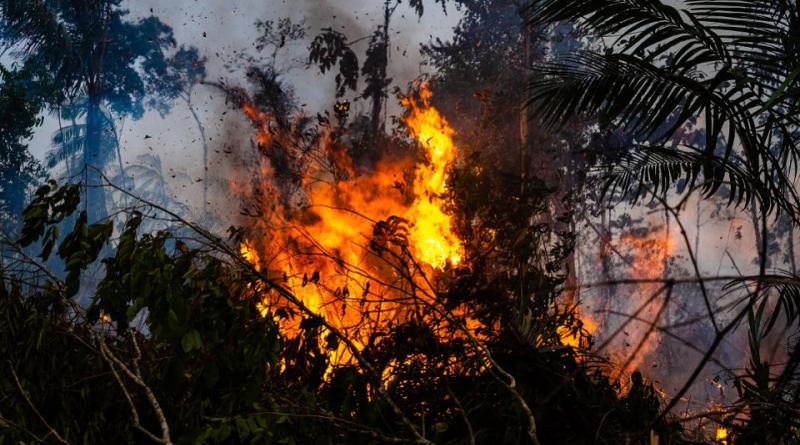
In climate terms, 2019 was a calamitous year for the planet. Hurricanes, cyclones and flooding killed and displaced thousands across Asia, Europe and Africa and in both North and South America; Brazil resumed demolishing its own rainforest; and wildfires ravaged California and continue to devastate Australia. To follow global injury with global insult, in December the UN Climate Change Conference COP25 in Madrid disbanded without any major progress on a raft of desperately important issues.
The year also illustrated how, while climate change threatens everyone, countries are responding in varied, sometimes idiosyncratic ways. Some nations have risen to the challenge, while others have preferred to deny the risks.
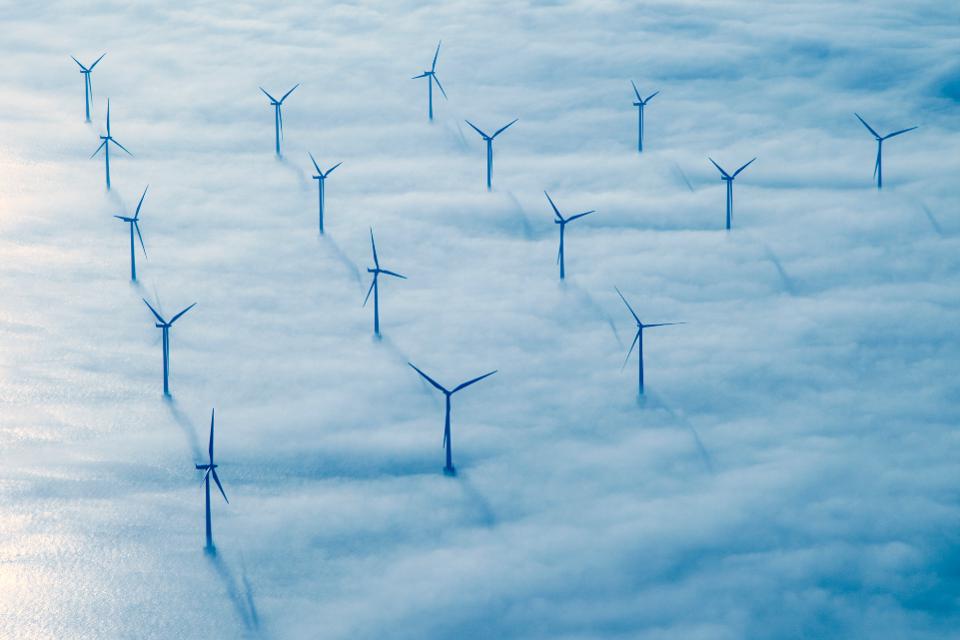
The former category includes Denmark, which last year set a new record for renewable electricity generation. Figures from Denmark’s national grid, Energinet, show that in 2019 the country generated 50% of its electricity from renewable sources, with 47% coming from wind and 3% coming from solar.
The Danes’ previous record for wind was 43%, set in 2017. This jump has been attributed in part to the massive Horns Rev 3 offshore wind farm, which went online in early 2019. The facility, 15 miles off the Danish Jutland coast, has a capacity of 406.7 megawatts, enough to provide the power needs of 425,000 homes, equivalent to some 20% of Denmark’s population (5.6 million).
Jan Hylleberg, CEO of Danish trade body Wind Denmark, told Danish media that in addition to the boost provided by Horns Rev 3, 2019 had seen more consistent winds than 2018, enabling wind farms to generate a larger proportion of the energy mix.
Across the North Sea, the much larger United Kingdom (population 66 million) set records of its own. In 2019, for the first time, the Brits got more energy from zero-carbon sources than from fossil fuels: 48.5% of electricity came from wind farms, solar and nuclear energy, while coal, gas, oil and diesel generated 43%. Biomass generated 8.5%.
Data from the National Grid show that in 2019, 26.5% of Britain’s electricity was generated from wind, solar and hydro sources. Nuclear generated 16.8%. Most of the fossil fuel generation came from gas, which produced 38.4% of the country’s power. Coal and other fossil fuels accounted for a minuscule 2.1% of electricity delivered. Indeed, by 2021, only one coal fired power plant will remain in operation in the U.K. (According to the latest available figures, coal generated almost 28% of America’s energy in 2018, while gas produced just over 35%. In Australia, 60% of electricity delivered came from coal.)
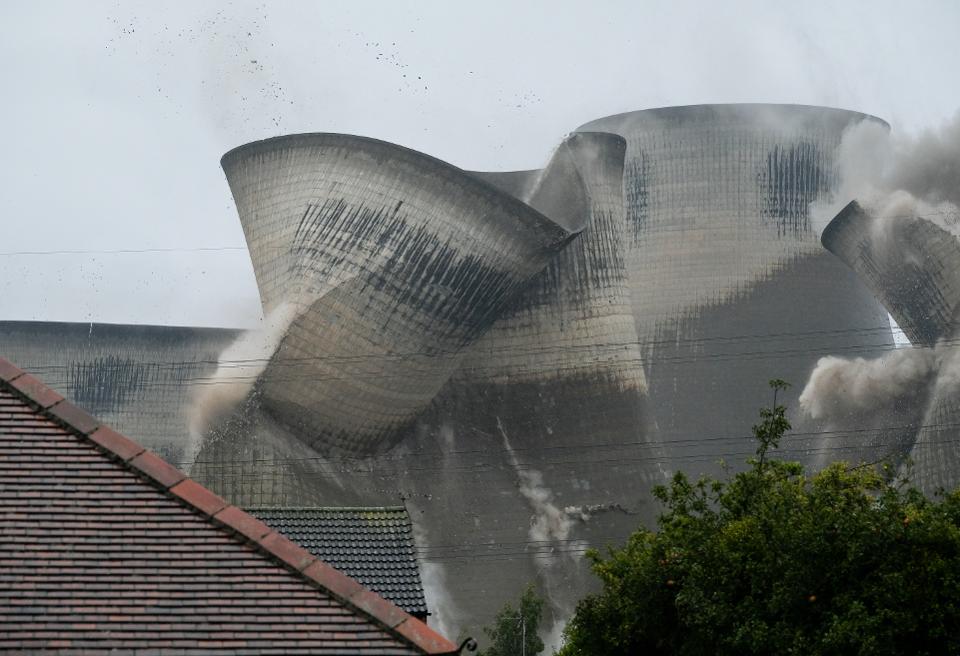
The U.K.’s 48.5% figure does not come without controversy, given nuclear’s 17% presence in the total mix: while nuclear power is carbon negative—meaning it has the net effect of lowering emissions into the atmosphere—serious concerns remain over the viability of long-term storage of harmful radioactive waste, so it is can hardly be branded “environmentally friendly.” However, while politicians currently favor nuclear for its ability to generate vast quantities of power efficiently, the U.K.’s National Grid CEO John Pettigrew has elsewhere stated that the country’s nuclear power plants could well be replaced by wind and solar over the next 20 to 30 years.
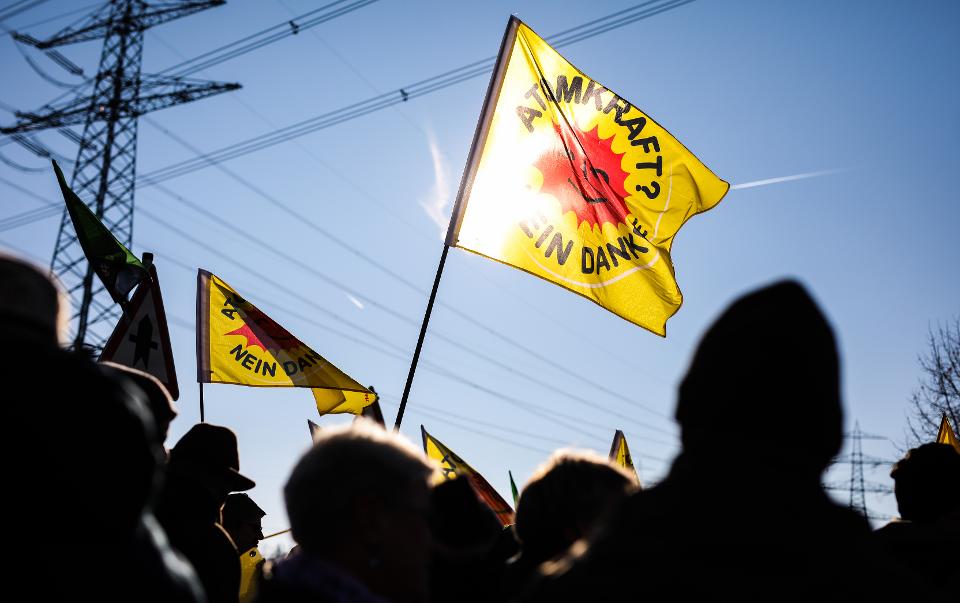
Yet for all its claims to be the renewables pioneer, Britain is arguably not doing as well as the EU’s largest economy, Germany. The latest figures from the Federal Republic show that renewables made up 46% of the energy mix in 2019. That doesn’t sound as impressive as the U.K.’s achievement—until you realize that, unlike the Brits, the Germans haven’t sneakily included nuclear in the figure: that 46% comes from purely renewable sources, with wind power making almost 25% of the total. Nuclear provided just 12% of the country’s electricity last year, and the Germans intend to stop using nuclear power altogether by 2022. Renewables, the government says, should produce 65% of the country’s electricity by 2030.
But it’s not like the other continental nations are sitting on their laurels: with France, Portugal and Spain plus the Nordic nations investing heavily in bigger and better offshore wind farms and solar plants, European nations are locked in a struggle to become the greenest of them all. And while these efforts won’t be enough to stave off further climate emergencies in 2020, Europe’s energy transition sends a clear message: if you’re not part of the solution, you’re part of the problem.
Check out my website.
6 January 2020
Forbes

